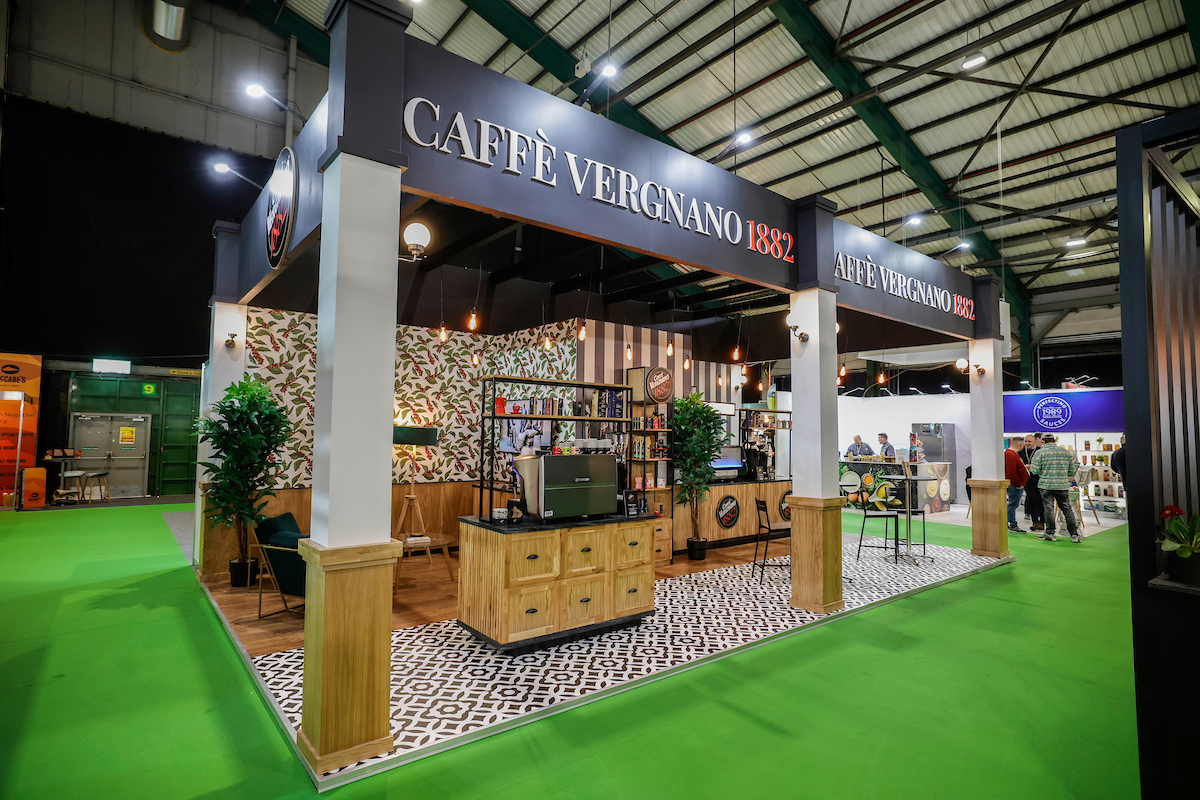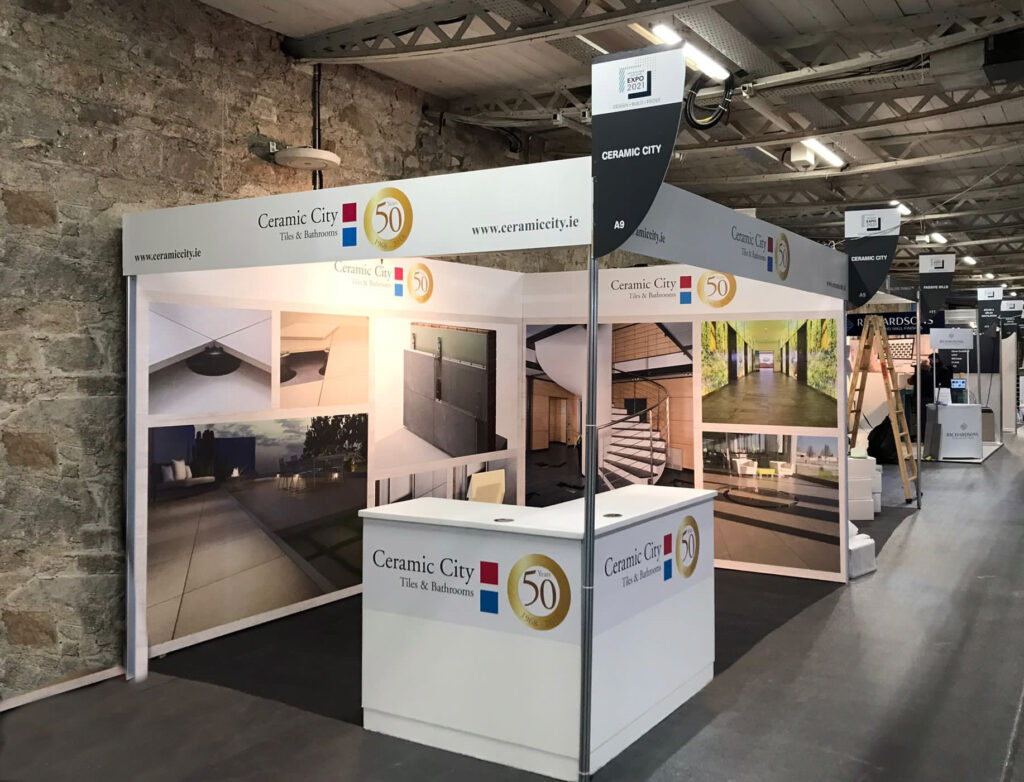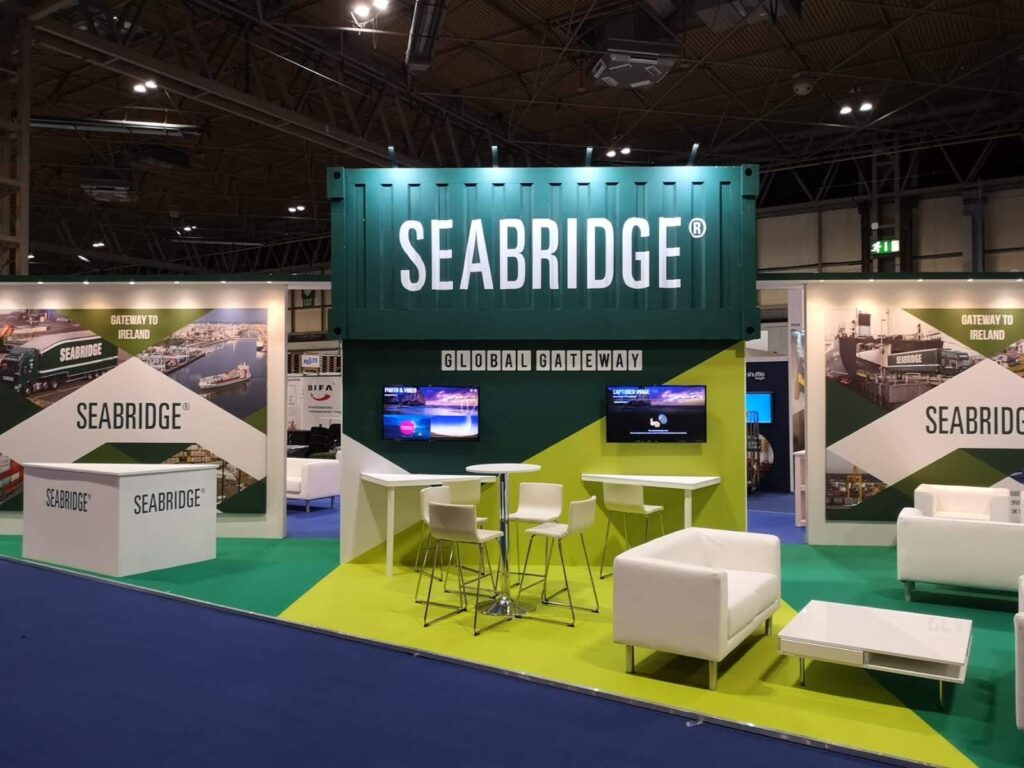Are you planning to exhibit at a trade show soon? If so, you’re probably aware that there are many factors to consider when preparing for an exhibition. From setting a budget to designing your stand, there are countless details to manage. One of the most important things to do is to create a comprehensive exhibition checklist document to ensure your company hits each necessary point for a successful operation.
An exhibition checklist is an essential tool that can help you stay organised and focused on your goals. It can help you keep track of all the tasks you need to complete before, during, and after the exhibition. With a well-planned checklist, you can minimize the risk of forgetting anything important and maximise your chances of success. In this Vinehall Displays guide, we’ll provide you with an ultimate exhibition checklist that covers everything you need to know to prepare for your upcoming trade show.
Research and Planning
When planning an exhibition, research and planning are crucial to its success. It is important to set goals and objectives, research your target audience, plan your budget, and choose the right exhibition to achieve your desired outcome.
Setting Goals and Objectives
Before you begin planning your exhibition, you need to set clear goals and objectives. What do you want to achieve from the exhibition? Are you looking to increase brand awareness, generate leads, or launch a new product? Once you have identified your goals and objectives, you can then plan the rest of your exhibition around them.
Target Audience Research
Knowing your target audience is essential when planning your exhibition. Who are you trying to reach? What are their interests and needs? Conducting research on your target audience will help you tailor your exhibition to their specific needs and preferences. This will increase the likelihood of them engaging with your exhibition and achieving your goals.
Budget Planning
Budget planning is an important aspect of exhibition planning. You need to consider all the costs involved in the exhibition, including venue hire, marketing, and exhibition stand design. Setting a budget will help you make informed decisions about where to allocate your resources and ensure you stay within your financial limits.
Choosing the Right Exhibition
Choosing the right exhibition is crucial to the success of your exhibition. You need to consider the type of exhibition, the location, and the target audience. Research different exhibitions to find the one that best aligns with your goals and objectives.
In summary, research and planning are essential to the success of your exhibition. Setting clear goals and objectives, researching your target audience, planning your budget, and choosing the right exhibition will help you achieve your desired outcome.
Preparation and Design
When it comes to preparing for an exhibition, there are several factors to consider. The design of your booth space is crucial in attracting potential customers and making a lasting impression. Here are some sub-sections to consider when preparing and designing your exhibition:
Booth Space and Layout Design
The first step in designing your booth space is to determine the size and layout. Consider the number of people you expect to attend the exhibition and the amount of space you need to showcase your products or services. Once you have determined the size of your space, you can begin to plan the layout of your booth. Consider the flow of traffic and the placement of your products or services to create an inviting and easy-to-navigate space.
Graphics and Signage Design
Your graphics and signage are an essential part of your booth design. After all, it is a huge factor in how many prospective clients visit and interact with your exhibit. They should be eye-catching and clearly communicate your brand message and value proposition. Use high-quality images and graphics, and make sure your font is easy to read from a distance. Your signage should also include your contact information and social media handles to make it easy for potential customers to connect with you after the exhibition.
Lighting and AV Equipment
Lighting is an often-overlooked aspect of booth design, but it can make a big difference in attracting visitors to your space. Use lighting to highlight your products or services and create a warm and welcoming atmosphere. Consider using AV equipment to showcase videos or presentations that demonstrate your products or services in action.
Furniture and Meeting Area
Your furniture and meeting area should be comfortable and inviting. Consider adding seating areas for visitors to rest and relax while learning about your products or services. If you plan to hold meetings or demonstrations, make sure you have enough space and equipment to accommodate your needs.
Product Knowledge and Demonstration Preparation
Make sure you and your team are well-versed in your products or services and can answer any questions visitors may have. Prepare demonstrations that showcase the benefits and features of your products or services, and make sure you have samples and brochures available to hand out to interested visitors. Having marketing materials on hand will ensure your prospective clients will consider your company down the line.
Shell Scheme vs Space Only
When choosing your booth space, you will have the option of a shell scheme or space only. A shell scheme provides a pre-built booth structure, while space only gives you the freedom to design and build your own booth from scratch. Consider your budget and design needs when choosing between the two options.
By considering these factors and developing a solid strategy, you can create a booth space that attracts visitors and makes a lasting impression. Make sure to also prepare business cards and giveaways to hand out to interested visitors, and always keep your target audience in mind when designing your booth.
Marketing and Promotion
When it comes to exhibitions, marketing and promotion are key elements to ensure success. In this section, we will cover the different aspects of marketing and promotion, including social media and online promotion, trade show marketing strategy, data capture, and follow-up.
Social Media and Online Promotion
Social media is a great tool for promoting your exhibition stand and generating interest before the event. You can use platforms like Twitter, Facebook, and LinkedIn to share information about your stand, showcase your products or services, and engage with potential visitors.
In addition to social media, online promotion can also be effective. You can use email marketing to reach out to your existing customer base and let them know about your exhibition stand. You can also use show-only discounts or free trials to incentivize visitors to come to your stand.
Trade Show Marketing Strategy
Having a clear trade show marketing strategy is essential to ensure that you achieve your sales targets and generate leads. Your strategy should include setting clear objectives, defining your target audience, and identifying the most effective ways to engage with them.
You should also consider your budget and how you can allocate it to get the best return on investment. This might include investing in high-quality exhibition stands or promotional materials, or hiring staff to help you man your stand.
Data Capture
Data capture is another important aspect of marketing and promotion. You should have a clear plan for how you will capture visitor data, whether it’s through sign-ups, surveys, or other means.
It’s also important to ensure that you have a follow-up plan in place. This might include sending out emails or making phone calls to follow up with visitors after the event, or using marketing automation tools to nurture leads.
Digital Engagement
As the events and exhibitions industry undergoes a significant shift towards digital and virtual platforms, digital engagement has become essential for elevating exhibitions at trade shows and events. By leveraging digital tools, companies can effectively interact with customers, strengthen their brand presence, and create memorable experiences for attendees.
For example, interactive Augmented Reality (AR) and Virtual Reality (VR) experiences that immerse users in your brand’s story, leave a lasting impression and can help your business to stand out. By combining cutting-edge technology with a stellar exhibition stand, you can ensure that attendees not only remember your name, but will also share their experiences with others.
Follow-Up
Finally, following up with visitors after the event is crucial to ensure that you convert leads into sales. You should have a clear plan for how you will follow up with visitors, whether it’s through email, phone calls, or other means.
You should also consider offering incentives to visitors who follow up with you after the event, such as discounts or free trials. This can help to encourage visitors to take the next step and become customers.
In summary, marketing and promotion are essential elements of a successful exhibition. By using social media and online promotion, having a clear trade show marketing strategy, capturing visitor data, and following up with leads, you can ensure that you achieve your sales targets and generate new business.
Logistics and Management
When it comes to planning an exhibition, logistics and management can be some of the most challenging aspects to navigate. However, with a comprehensive checklist, you can ensure that everything runs smoothly. In this section, we’ll cover some of the key areas to focus on, including shipping and storage, insurance and safety, staffing and training, swag and giveaways, contact us, and publications.
Shipping and Storage
When it comes to shipping and storage, it’s essential to plan ahead. You’ll need to determine how you’ll transport your trade show booth and other materials to the venue, as well as how you’ll store them once you arrive. Consider the following:
- Use a reputable shipping company to transport your materials to the venue.
- Ensure that your booth space is large enough to accommodate your materials.
- Label all of your materials clearly to ensure that they don’t get lost or misplaced.
- Consider renting additional storage space if necessary.
At Vinehall Displays, we have a long-standing and strategic relationship with many of our clients, which allows us to plan long-term and produce new items only when 100% necessary. We’re constantly innovating, and a large part of our innovation focuses on sustainability. Whether it’s a pop-up shop, exhibition, activation, or launch, over 80% of our clients reuse elements from event to event, meaning as little as possible goes directly to landfill. Materials and assets which can be reused can be stored with us for longer periods of time, which means as little as possible is disposed of and can be reused. This is more cost-effective for our clients and better for the environment.
Insurance and Safety
Insurance and safety are critical considerations when planning an exhibition. You’ll need to ensure that you have adequate insurance coverage for your booth and materials, as well as for any accidents or injuries that may occur. Consider the following:
- Purchase liability insurance to protect yourself in case of accidents or injuries.
- Ensure that your booth is up to code and meets all safety regulations.
- Have a first aid kit on hand in case of emergencies.
Staffing and Training
Staffing and training are essential components of a successful exhibition. You’ll need to ensure that you have enough staff on hand to manage your booth and engage with attendees effectively. Consider the following:
- Hire staff who are knowledgeable about your products or services.
- Provide training to your staff to ensure that they can answer questions and engage with attendees effectively.
- Consider hiring a professional booth presenter to help draw in attendees.
Swag and Giveaways
Swag and giveaways are a great way to draw in attendees and promote your brand. However, it’s essential to choose the right items and distribute them effectively. Consider the following:
- Choose items that are relevant to your brand and will be useful to attendees.
- Consider offering a giveaway or raffle to draw in attendees.
- Ensure that your staff is trained on how to distribute swag effectively.
Contact Us and Publications
Finally, it’s essential to ensure that attendees have a way to contact you after the exhibition and access to any relevant publications. Consider the following:
- Provide attendees with a business card or other contact information.
- Offer relevant publications, such as brochures or articles, for attendees to take with them.
- Follow up with attendees after the exhibition to maintain relationships and drive sales.
In conclusion, by focusing on logistics and management, you can ensure that your exhibition runs smoothly and effectively. Use this checklist to stay organized and on track, and don’t hesitate to seek out professional help if necessary.




